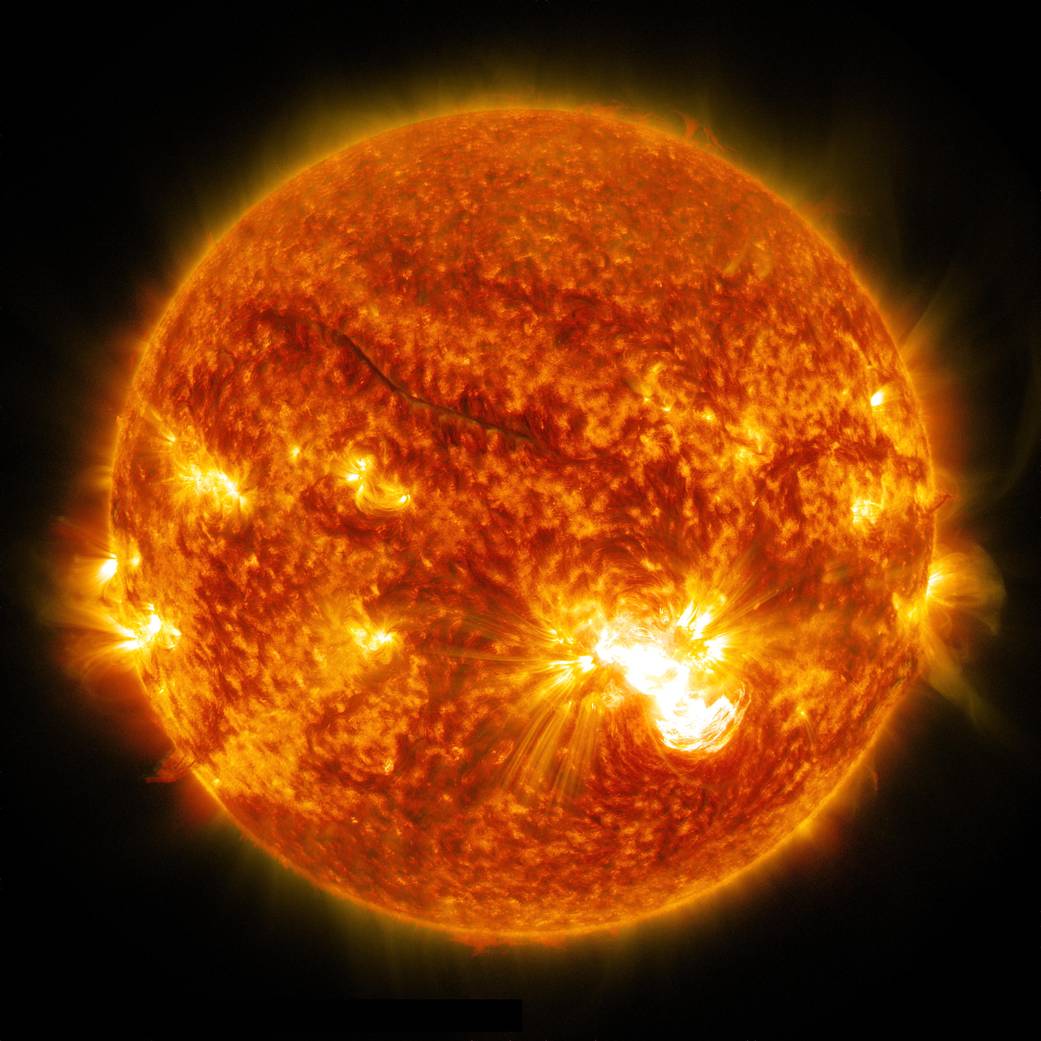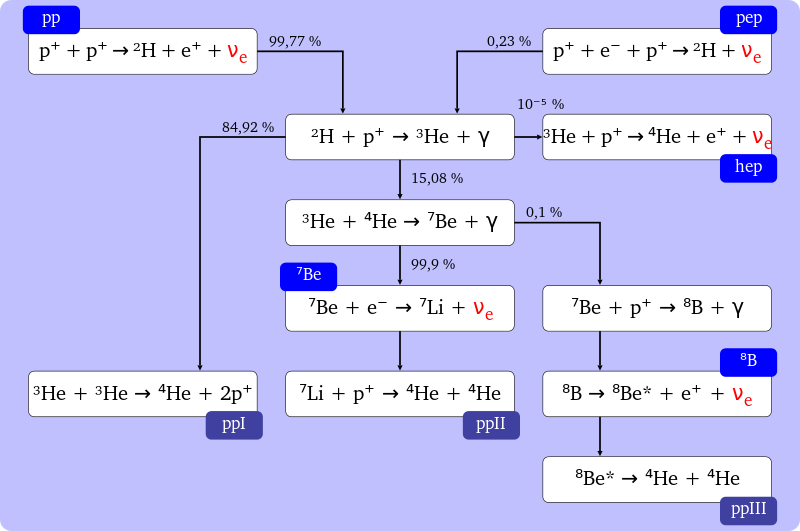We are delighted to announce that our latest paper has now been published in the highly regarded Astronomy & Geophysics journal of the Royal Astronomical Society. Our paper is available via the Oxford University web page (but we also have permission to provide a copy here). It is
entitled: ‘The forgotten genius of celestial mechanics’ and is based upon our book on the life and works of Francois Felix Tisserand.
New facebook page
Observatoire Solaire is on the move! Online: we have established a dedicated Observatoire Solaire facebook page (in addition to our web-pages). Please like our facebook page to keep up to date with blogs postings and Observatoire Solaire developments.
Christmas discount
Just in time for Christmas! …..we are offering a limited period discount of 25% off the normal price of the printed versions of two of our best-selling books:
The Sun – Shining Light on the Solar System; now £18.75 incl. UK p&p, and
The Asteroids of the Solar System; now £11.25 including UK p&p.
This limited timescale offer will be available until 1st January and applies to orders placed directly through our web-page here. Both books make ideal Christmas presents for students or keen amateur astronomers.
Our blog this month looks at how we can determine the temperature at the core of the Sun. We take a very brief look at how we can model the temperature at the Sun’s core; and then review how the detection of neutrinos of specific energy can help provide what is (probably!) a closer estimate.
This introduces a key elements of many branches of astronomy and astrophysics – namely that whilst in some areas, such as stellar positons, radiation intensities and fluctuations, and orbital dynamics, precise values and data can be obtained; in other areas, such as stellar lifetimes, cosmological distances, and matter distributions; only estimates can be made with several assumptions needing to be made. Solar and stellar core temperature is one area where we cannot be very precise.
We will take a very brief look at how we can model (predict) the temperature at the Suns core; and then review how the detection of neutrinos can help provide what is (probably!) a closer estimate.
Cela introduit un aspect important de plusieurs branches d’astronomie et d’astrophysique: dans certains domains, comme par exemple, la position des étoiles, l’intensité de rayonnement et la dynamique orbitale on peut obtenir des valeurs précises et dans d’autres domains, comme la durée de vie des étoiles et les distances cosmologiques des valeurs précises sont difficiles à déterminer. Quand il s’agit de la température du Soleil on ne peut pas être tres prècis.
Nous allons également considérer comment il est possible de prédire la température du Soleil et puis regarder comment la détection des neutrinos peut fournir une assez bonne estimation.
(Photo courtesy of NASA – Solar Dynamics Observatory)
We have seen (in our May blog) that the hydrostatic equation provides the way in which the pressure varies with radial distance and density and we saw that when a star is stable, as our Sun is, it is said to be in Hydrostatic equilibrium. This is where the pressure within the Sun (which would otherwise force the Sun to expand) is balanced by the gravitational contraction forces keeping the Sun in-shape. The Hydrostatic equation can be used to work out the ratio of the pressure and density at the centre of the Sun. By integrating the hydrostatic equation we can obtain the pressure: density ratio.
However, we need another equation relating pressure, density and temperature and the one easiest to apply is the ideal-gas law. (An ideal gas is one in which collisions between atomic particles are ‘elastic’ i.e. no loss/conversion of kinetic energy.) The ideal gas law gives us the ratio of pressure to density in terms of temperature and composition. It is also dependent upon the degree to which the plasma (which is the state of matter at the Sun’s core) is ionised. (An ionised gas is one where the number of electrons within atoms is different from normal. In the case of the high temperatures at the Sun’s core, most of the material will be fully ionised; electrons will not be retained by most elements).
By taking a number of estimates, such as the make-up of the Sun in terms of the different elements, we can determine a value of Tc = 19.71 million Kelvin
This is only an approximation as we have used a number of assumptions in our modelling, especially the applicability of the ideal gas law at the high density in the core. Also, several important factors, such as inhomogeneity of the core and mass flows/turbulence have not been taken into consideration.
However, this does provide a good estimate and is a good demonstration that in astrophysics, approximations often need to be taken. The question on how accurate this approximation is can be answered by observation, and specifically looking at the Sun’s production of neutrinos.
We saw in our April blog that the majority of the Sun’s energy is produced by the proton-proton chain fusion reaction, and in particular the ppI variant. However, as can be seen in the diagram of April’s blog, duplicated here below, there are other important variants to the hydrogen fusion process.
The ppIII reaction is critically sensitive to temperature. Furthermore, the energy of the neutrino produced is distinctive from the energies of those neutrinos produced in the ppI and ppII chains. Whilst the ppI neutrinos have peak energies of around 420keV, the ‘boron-8’ neutrinos have much higher energy levels. These latter neutrinos have energies distributed from ~ 0.08 MeV to ~14.24 MeV, with a modal value of ~6.44MeV. This means that their identity, and thus source, can be distinguished. In 2002 the Italian physicists Giovanni Fiorentini and Barbara Ricci, working at the Sudbury Neutrino Observatory (which was located more than 2000m underground in a disused Canadian mine) determined the flux of the boron-8 neutrinos incident (arriving) at the Earth. From their results, they derived that the core temperature of the Sun was 15.7 x Kelvin, ±1%. This remains today the widely accepted value.
(In ascending level of technical complexity)
The Sun – shining light on the Solar system. Neil Taylor. 2017
http://www.observatoiresolaire.eu/solar-physics.html
Astrophysics Processes. Hale Bradt. 2014
http://www.cambridge.org/gb/academic/subjects/physics/astrophysics/astrophysics-processes-physics-astronomical-phenomena?format=HB#bwkXSWTDk6DJJp2L.97
Stellar evolution Physics. Icko Iben. 2012
http://www.cambridge.org/gb/academic/subjects/physics/astrophysics/stellar-evolution-physics-volume-1?format=HB#Jyj5sVbWqoH8EgWH.97
Next month we will look at how ‘bright’ the Sun is. We will look at what astronomers mean when they use the word ‘magnitude’ in relation to the Sun and stars, and how we use a measurement system first originated over 2000 years ago.



